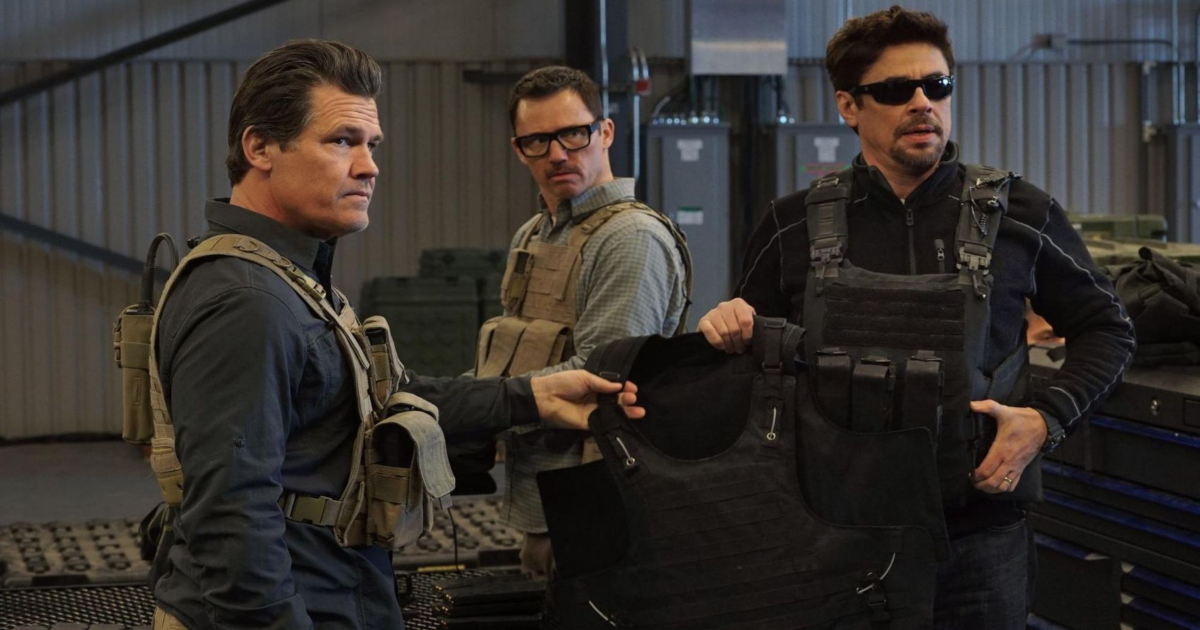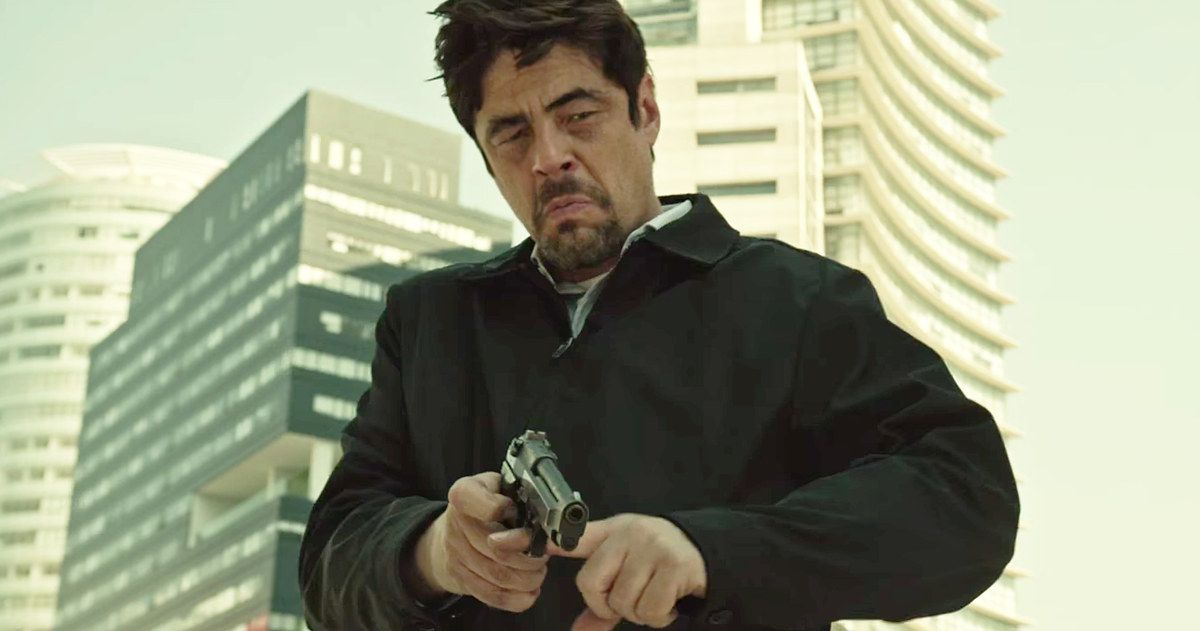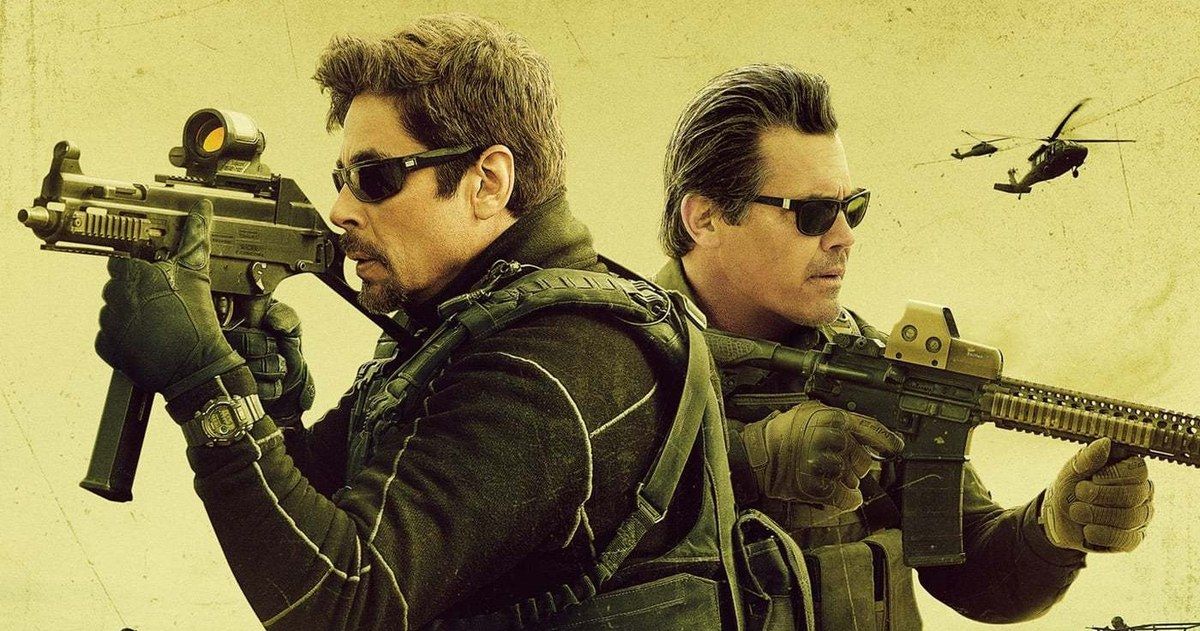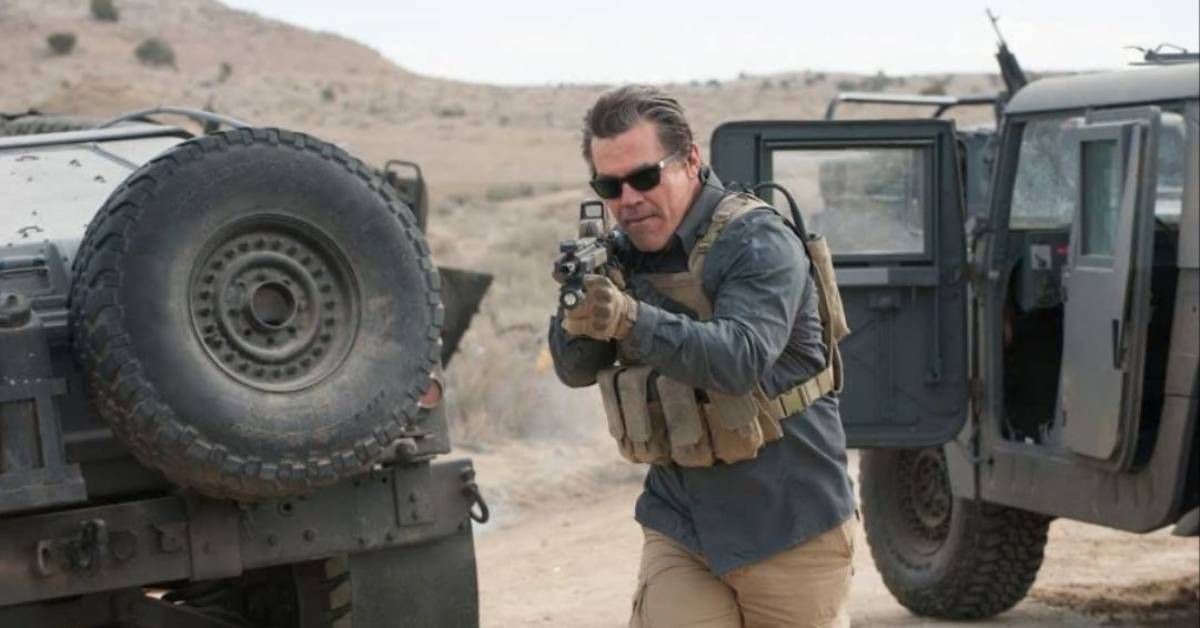Denis Villeneuve's Sicario quickly became one of the most acclaimed thrillers of its time when it was released in 2015. The film was praised for Taylor Sheridan’s excellent screenplay, the gorgeous cinematography by Roger Deakins, and the subtle commentary on the cyclical nature of violence that permeates the border between the United States and Mexico. The film stars Emily Blunt as the FBI Agent Kate Macer, who is sent to take down a powerful Mexican drug lord. Macer is undermined by the CIA agent Matt Graver (played by Josh Brolin), who has enlisted the ruthless hitman Alejandro (Benicio del Toro) to take part in the mission.
While Sicario was beloved, it didn’t seem like it was the type of film that was intended to start a franchise. The story had ended on a somewhat ambiguous note, as Kate is still struggling to adjust to what her new role might be. However, Lionsgate moved forward with a sequel, with director Stefano Sollima stepping in for Villenueve. Sicario: Day of the Soldado follows Alejandro as he kidnaps the young girl Isabel Reyes (Isabela Merced), the daughter of another powerful Mexican cartel leader. While its existence is somewhat baffling, Sicario: Day of the Soldado was a subversive sequel that honored the first film’s legacy.
A Conflict with No Heroes
One of the primary reasons that the existence of Sicario: Day of the Soldado was questioned was the lack of Blunt’s involvement. In the first film, Macer is the only moral center that the audience can root for within a world of villainy and evil. Alejandro is absolutely remorseless in his operations, and it's revealed that he is taking part in the mission in order to get personal revenge for the death of his entire family. Graver is open to using any means necessary to get his targets, including torture and kidnapping. Macer serves as a great point-of-view character; the audience slowly begins to understand the layers of the conspiracy at the same time that she does.
However, Macer’s storyline already reaches a satisfying conclusion; she is forced to weigh the consequences of her choices, leaving the audience to speculate about what decisions she will make moving forward. Blunt’s performance was so singular that trying to insert another character that represented the same values would likely feel like repetition. Instead, Sheridan decided to present a story that has no redeeming characters. This added to the realism of the story, and underlined how rare it is to find someone involved in the drug war that is as honorable as Macer.
Alejandro might be the point-of-view character, but the edges haven’t been sanded off of him at all. He brutally executes a lawyer in one of the first action sequences in the film, and is unafraid to take out Graver’s targets by any means necessary. Graver’s brutality was hinted at in the first film, but at the beginning of Sicario: Day of the Soldado he’s seen overseas operating another torture program. The inclusion of Isabela helps to examine the children who are forced against their will to be part of this conflict.
Continuing the Commentary on Violence
The first Sicario ended with a chilling sequence where children are seen playing outside, and only briefly stop when they hear the distant sound of gunfire. This showed that violence has become so common that it barely attracts the attention of innocent children. Sicario: Day of the Soldado continues this theme, and explores how meeting violence with violence will never reach an ending. The film begins in the midst of a conflict, and it’s only been expanded by the time that it ends. Sollima even added more brutality with sequences that might even make fans of the first Sicario squirm.
Graver initially enlists Alejandro because of a suicide bomber in Kansas City detonates in a grocery store, resulting in severe civilian casualties. It is revealed that terrorists have been smuggled overseas illegally. In order to create conflict that could stall their movement, Graver decides to help create a drug war between the various crime syndicates to turn them against each other. It’s a plan that’s intended to create more violence, and that’s exactly what happens.
The only emotional connection that the audience has to the story is Alejandro’s relationship with Isabela. Her survival is a job for him, but Alejandro finds that Isabela reminds him of his daughter that was killed. Even if this makes Alejandro slightly more empathetic, he makes no effort to find an end to the drug war he helped initiate. In a disturbing ending sequence that rivals the first film’s conclusion, Alejandro tracks down the teenager Miguel Hernandez (Elijah Rodriguez) and enlists him to be part of a new generation of hitmen.
Major Stylistic Differences
Villeneuve's style of filmmaking was so unique that attempting to replicate it would be nearly impossible; Sollima lacked the same formal elegance that his predecessor had, and chose to adopt a totally different method. While the first Sicario builds slowly in anticipation of the action sequences, the violence is frequent and increasingly brutal in Day of the Soldado. Since the film is not being shown from Macer’s perspective, the audience is exposed to how cruel and remorseless the drug war truly is. The ending even begins to feel like a neo-western as Alejandro is trapped and left for dead in the middle of a never ending wasteland.
While Deakins did not shoot Day of the Soldado, the brilliant cinematographer Dariusz Wolski was a fitting replacement; he shot such stunning films as Dark City, The Crow, Crimson Tide, and the Pirates of the Caribbean franchise. However, the now iconic score by Hildur Guðnadóttir is still present, as is the precise dictation of Sheridan’s screenplay.
The differences between the two films were noted by film critics. Variety praised how the sequel ”sets up a world of possibilities for elaborating on a complex conflict far too rich to be resolved in two hours' time." Film critic Chris Stuckmann was impressed by how the film “explores the devastating toll of terrorism and drug-trafficking on the children caught in the crossfire.”




